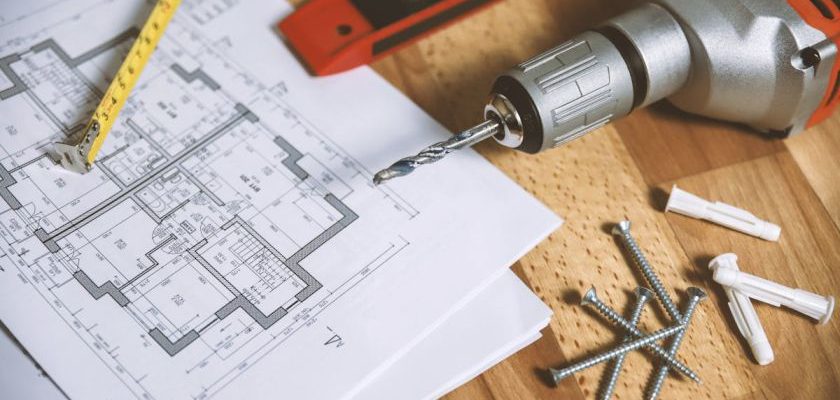Over the last few decades, 3D printing technology has revolutionized the manufacturing industry, offering a wide range of benefits and opportunities for companies looking to optimize their production lines. From rapid prototyping to customized production, the impact of 3D printing on traditional manufacturing processes is undeniable. Let’s delve deeper into how this innovative technology is changing production lines.
Enhanced Design Flexibility
One of the key advantages of 3D printing in production lines is the enhanced design flexibility it offers. Traditional manufacturing methods often come with limitations in terms of complexity and customization. With 3D printing, intricate designs and geometries that were once deemed impossible can now be easily produced. This level of design freedom allows companies to create highly customized products tailored to specific customer needs, giving them a competitive edge in the market.
Reduced Time-to-Market
Another significant impact of 3D printing on production lines is the reduction in time-to-market for new products. Traditional manufacturing processes can be time-consuming, involving multiple steps and iterations before a final product is ready for mass production. With 3D printing, prototypes and functional parts can be quickly produced in a matter of hours, significantly accelerating the product development cycle. This rapid prototyping capability enables companies to iterate on designs faster, test concepts more efficiently, and ultimately bring products to market quicker than ever before.
Cost-Effective Production
3D printing also offers cost-effective production solutions for companies looking to streamline their manufacturing processes. Traditional manufacturing methods often require expensive tooling and molds, especially for small batch production runs. With 3D printing, these upfront costs are significantly reduced, as parts can be produced directly from digital designs without the need for specialized tooling. This on-demand production model not only saves on tooling expenses but also minimizes waste by producing only the required number of parts, making it a more sustainable manufacturing option.
Supply Chain Optimization
The adoption of 3D printing in production lines can also lead to supply chain optimization for companies. By decentralizing production and moving manufacturing closer to the point of need, companies can reduce lead times, transportation costs, and reliance on traditional suppliers. This agile manufacturing approach allows for greater flexibility in responding to changing market demands and enables companies to quickly adapt to fluctuations in supply chain disruptions.
In conclusion, the integration of 3D printing technology into production lines has brought about a paradigm shift in the manufacturing industry. From design flexibility to reduced time-to-market, cost-effective production, and supply chain optimization, the benefits of 3D printing are reshaping the way companies approach manufacturing processes. As this technology continues to evolve, its impact on production lines will only become more pronounced, driving innovation and efficiency across industries.

